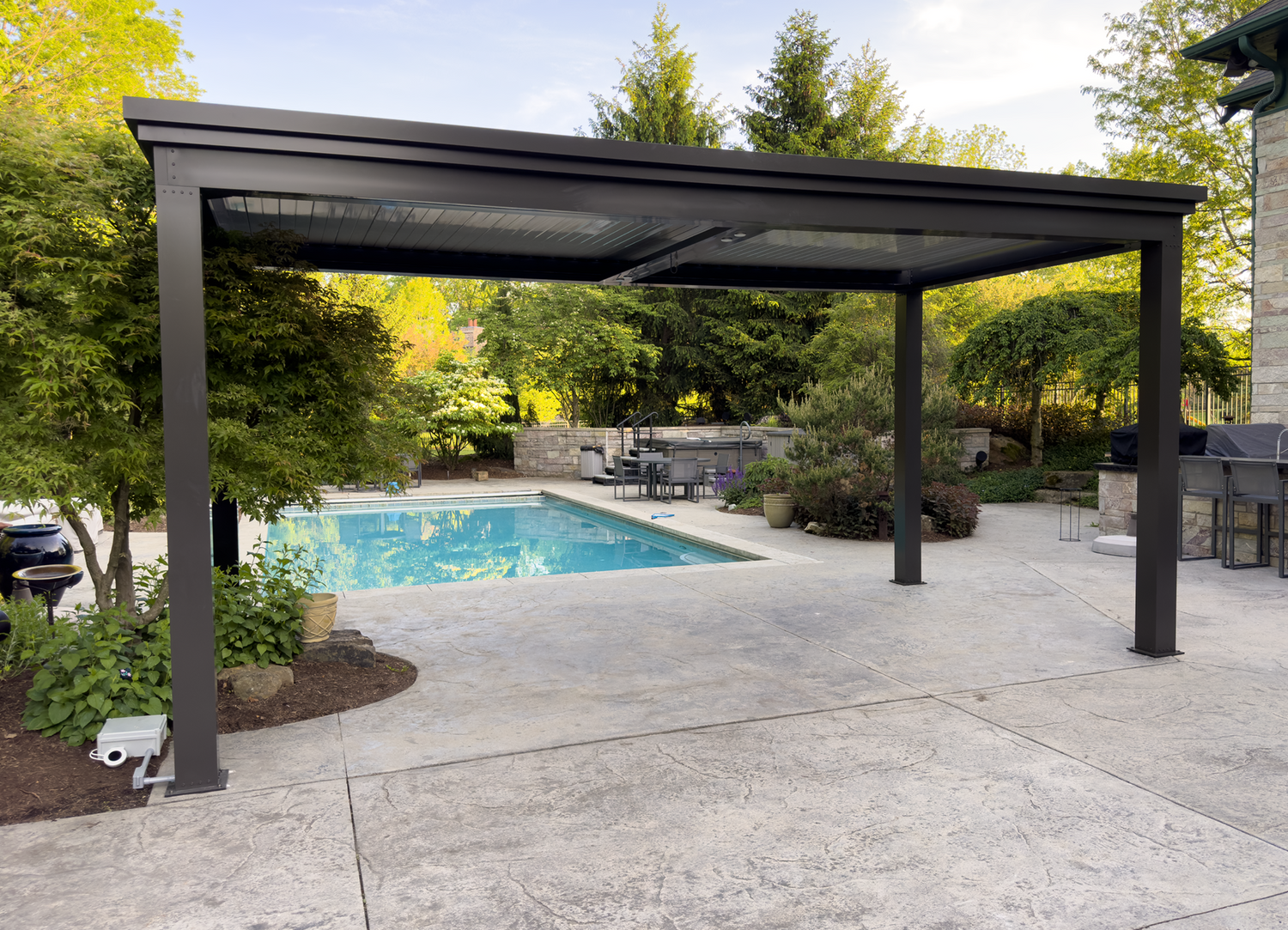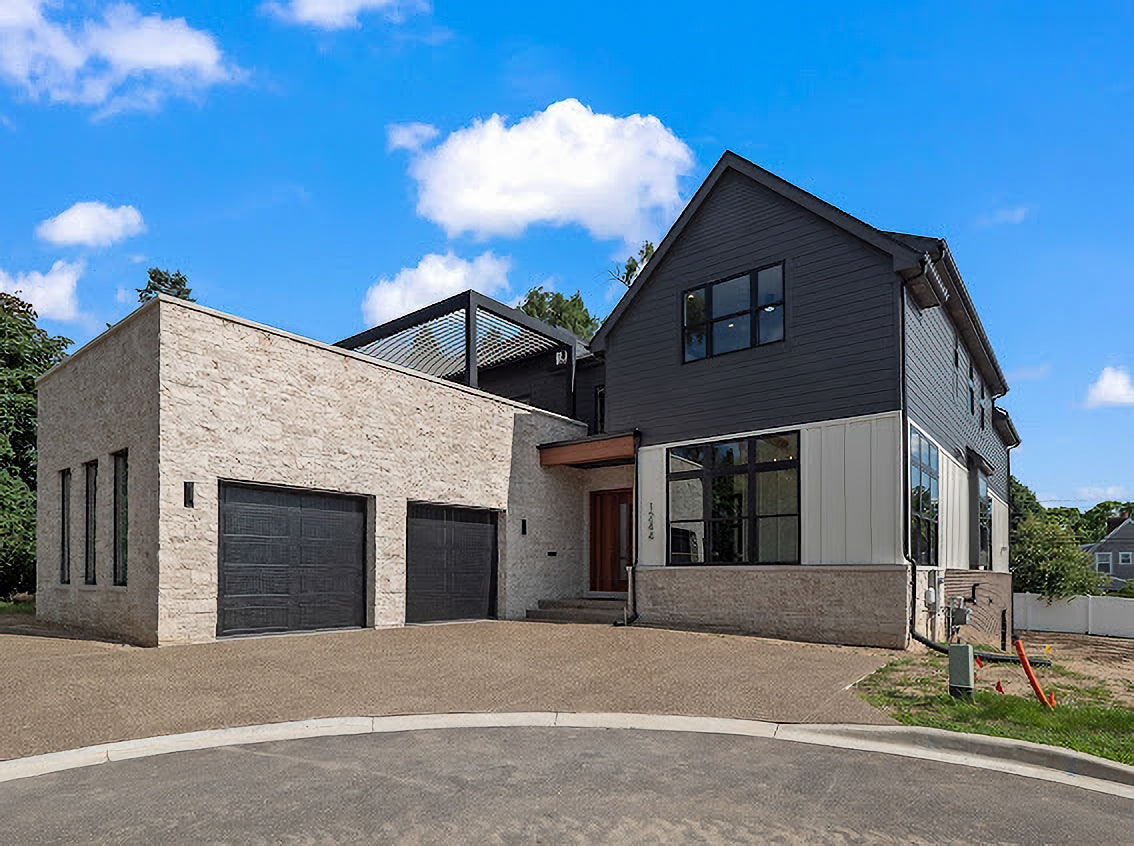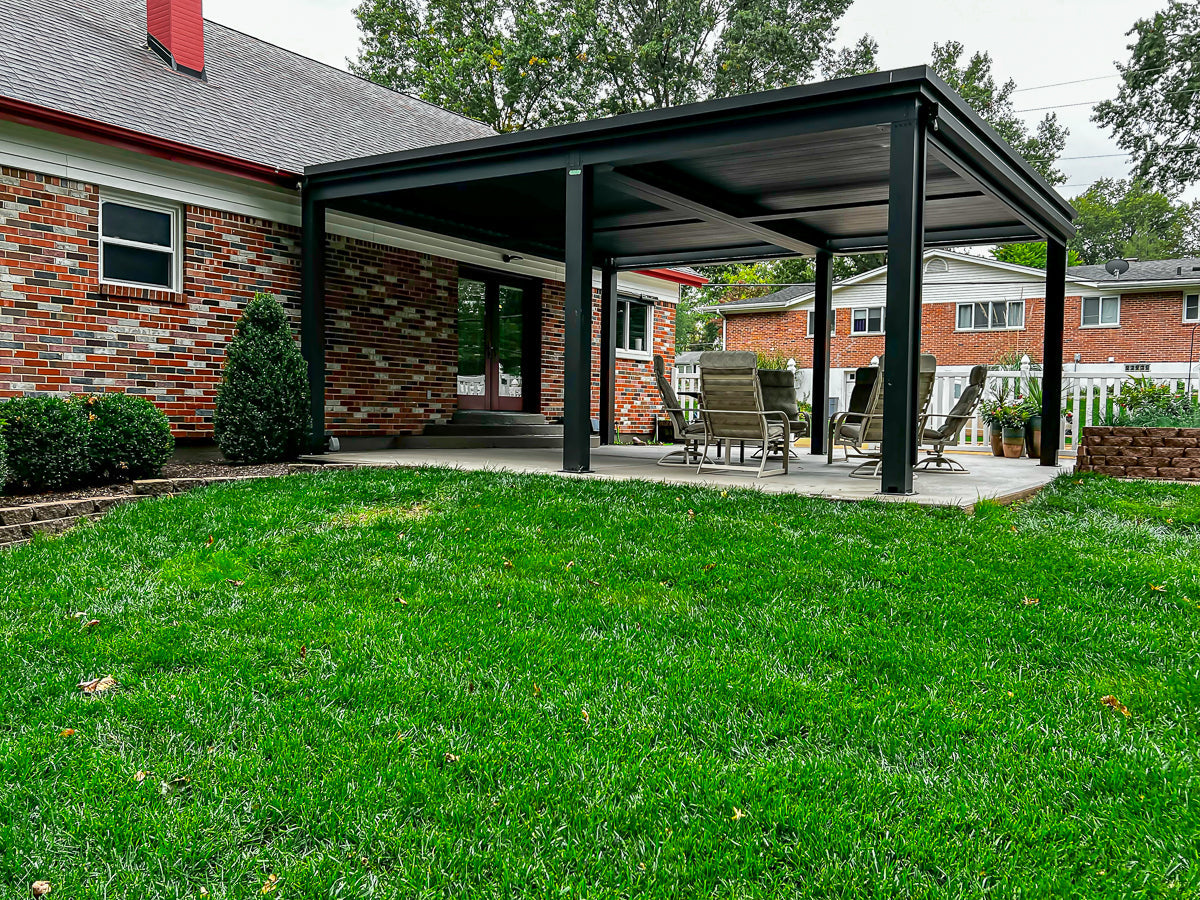Listen to Article
When you are looking to enhance your outdoor space with a pergola, you need to ensure it can withstand strong winds and be made of a highly durable material. Many homeowners will also be required to get a permit for their pergola, and making sure you can pass building codes is incredibly important.
Some simple rules to follow are:
-
To pass most US building codes, you need at least 105-115mph wind rating for a pergola.
-
Unless you have a wind sensor, this needs to be true with louvered roof structure closed.
-
You cannot permit a pergola that handless less than 115mph winds in most states.
-
If you need a permit, ask for stamped engineering drawings.
-
115 mph wind resistance is typically the minimum need for a pergola structure.
For a pergola to pass building code in most of the United States, it needs to handle winds of at least 110 mph.
Table of Contents
- What to Look for With Wind Resistant Pergola Design
- The Best Wind Resistant Pergola
- What are The Key Factors in Wind Resistant Pergola Designs?
- Aluminum Pergolas
- Wood Pergolas
- Metal Pergolas
- Metal Reinforced Vinyl
- Un Reinforced Vinyl
- Hurricane Force Winds and Pergolas
- Hurricane Rated Pergola?
- The Best Wind Resistant Pergola
What to Look for With Wind Resistant Pergola Design
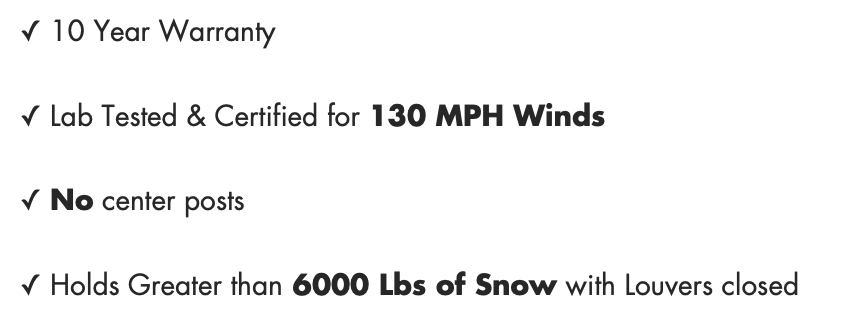
When you're looking for a pergola that can withstand heavy winds, it is critical to ensure that the pergola can pass building codes. Typically building codes for a pergola structure are assuming a pretty major storm and for some terrible adverse weather conditions.
For both residential and commercial applications it is important to ensure your pergola can withstand 90-120 mph winds. To withstand high winds like this, the best pergola is typically made from aluminum or steel as they weather even the most major storms.
Most pergolas you can get at a big box store or online, do not exceed 70mph wind resistance. The structural integrity of the pergola fails with thin, lightweight material that is offered in most big box pergola designs.
The Best Wind Resistant Pergola
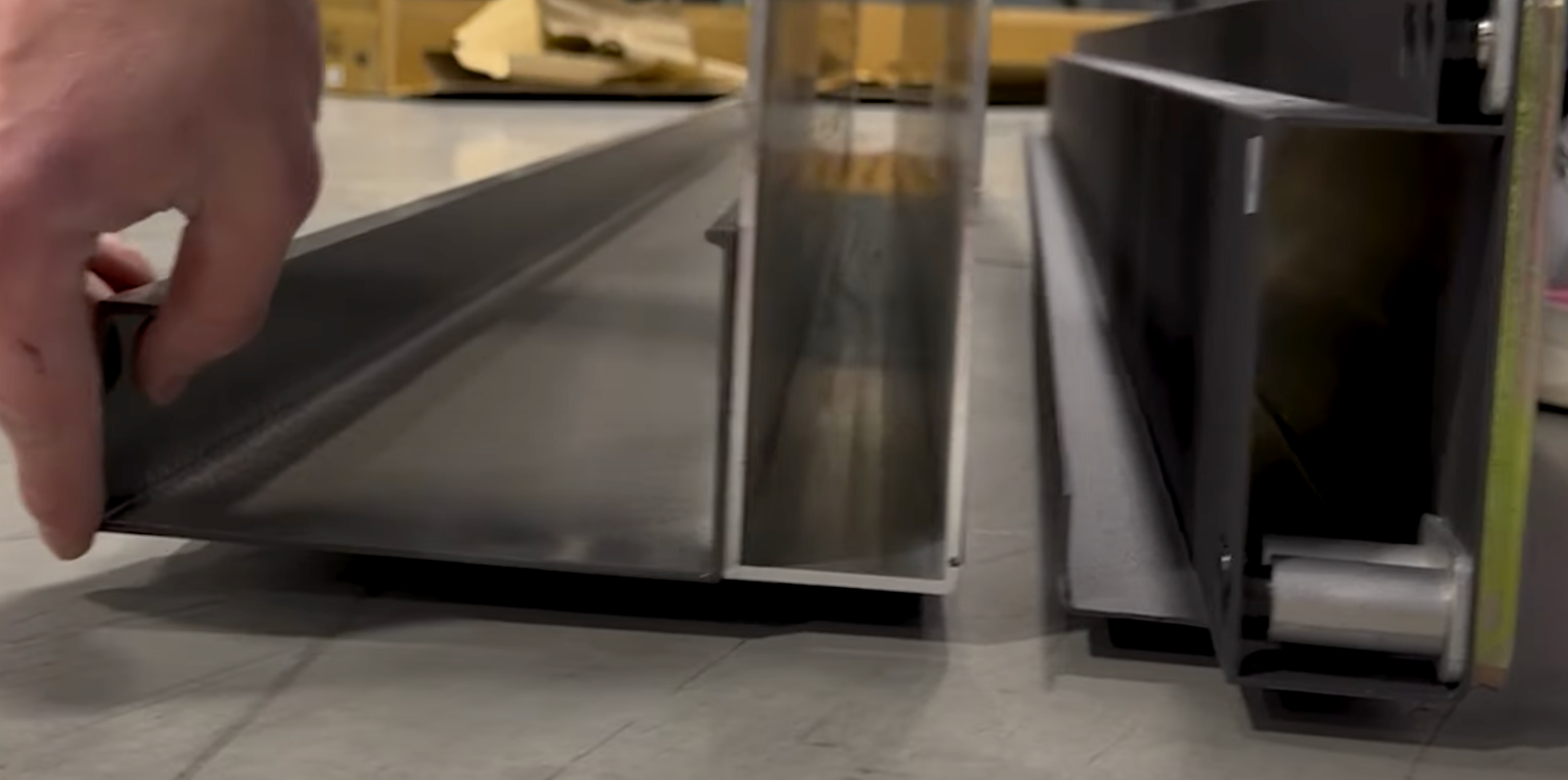
The best wind resistant pergola design will be able to handle many climates while still providing great resistance to high wind. The best pergolas for storm resistance will typically be made from aluminum and both the pergola design and the pergola materials will compliment each other to give you resistance to harsh weather.
To pass building codes in most states, the pergola structure needs to handle at least 105-115mph winds.
Most popular outdoor structures fail to meet this standard and when the homeowner goes to sell their home, they may be in for a rude awakening. An outdoor pergola, especially if it can open and close, typically needs to be rated the same way your house roof is.
When building a pergola, the most durable pergola material is going to be aluminum. For stationary structures, whether they are fairly open structures or not, will need to have engineering documents and/or stamped engineering drawings to get a permit in your state.
Any manufacturer should be able to get stamped engineering so you can permit your structure. If not, that's probably a red flag.
What are The Key Factors in Wind Resistant Pergola Designs?
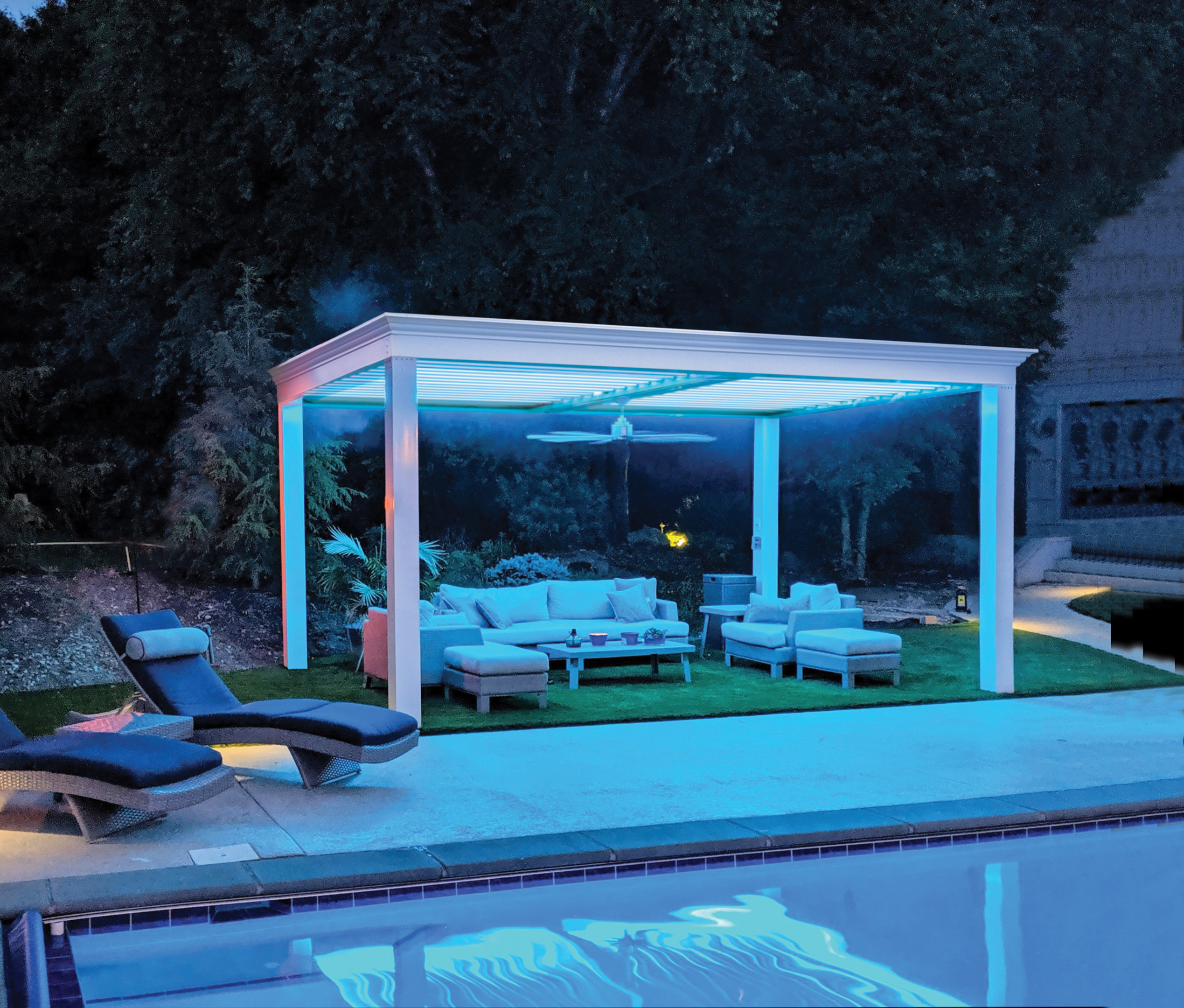
The main factors for rating a wind resistant pergola will be how it handles uplift and downforce. You don't want your pergola flying away, or have the slats/louvers turn into twisted metal the second you get strong winds.
Most of the United States will experience winds greater than 65mph a few times each year. You need a pergola that won't fall apart in those scenarios.
If you get confused or need a permit, ask the manufacturer for stamped engineering drawings.
Aluminum Pergolas
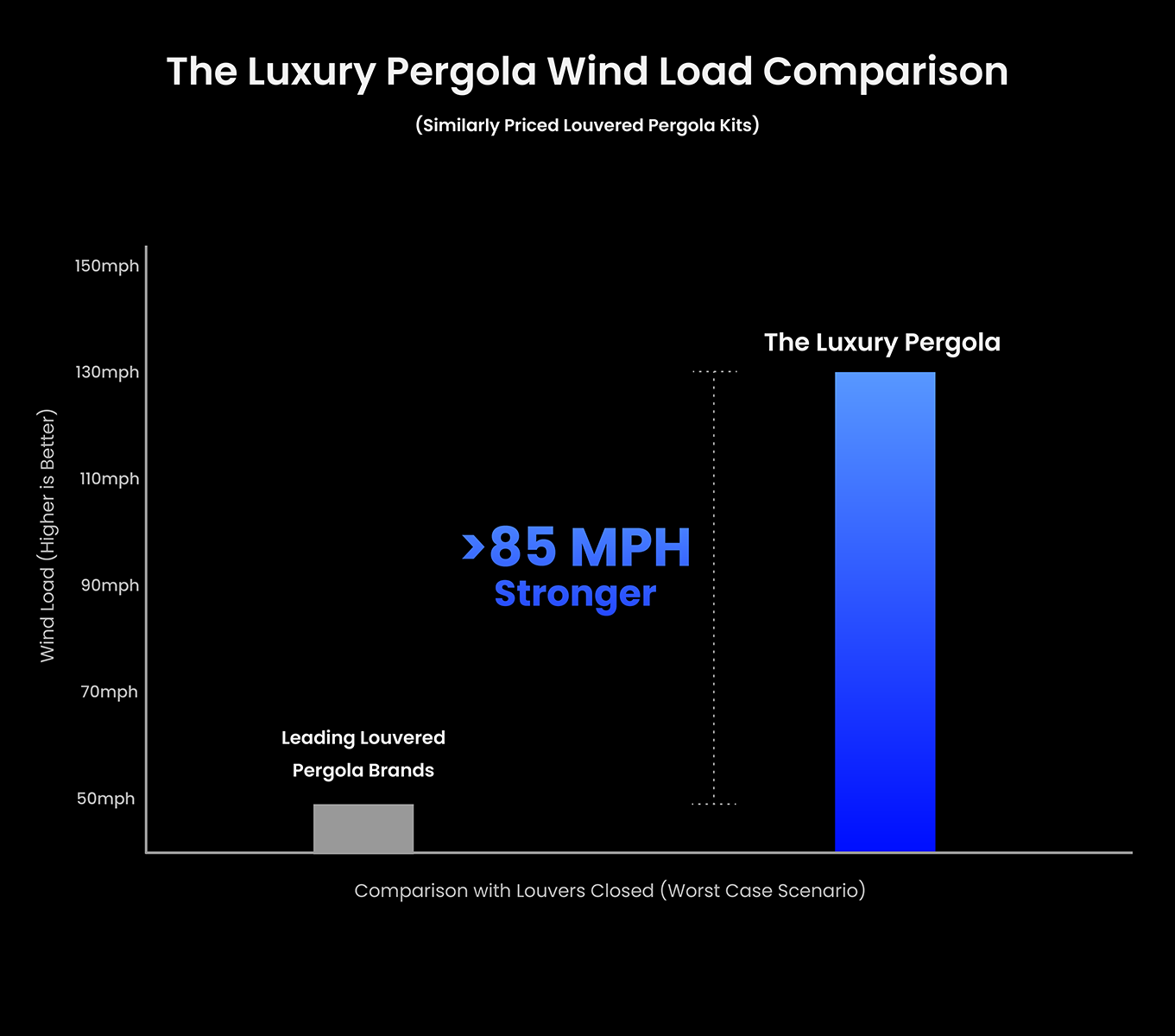
Aluminum pergolas range dramatically in their ability to handle high winds. Most metal pergolas are made with extremely thin extrusions and will collapse in hurricane force winds. The most durable material for a pergola is going to be aluminum with a 1/8 inch thick side wall.
The pergola's ability to handle high winds will come from how it handles the different wind forces in windy areas. Another factor to consider is the paint/powder coat that is a baked on finish to the pergola. With aluminum, you have little maintenance and it can withstand high winds with ease.
With aluminum, they are all powder coated. You need to have at least an AAMA 2605 rating on the paint if you are in an area that gets a lot of sun. If not, you will get fading metal within the first couple years.
Aluminum pergolas should be able to withstand winds of up to 115 mph to pass building codes.
Wood Pergolas
A wood pergola is by far the most popular option in the world. You don't get the same low maintenance you would with an aluminum option, but you do get a nice basically constructed option that typically doesn't break the bank. The pressure treated columns typically provide great strength.
With wood pergola materials you get high maintenance, endless customization, but wood requires frequent staining and painting. So high maintenance is a given with wood pergolas.
Metal Pergolas
With metal pergolas, high winds are not an issue. You can have extreme weather in a hurricane prone area and the pergola will offer shade while handling hurricane season. The drawback of pergolas made of steel is the weight and the cost. They are exceedingly hard to work with and may require specialized equipment.
Metal Reinforced Vinyl
With metal reinforced vinyl you get a lower price than solid aluminum, but the problem is that vinyl can sun rot and fade exceedingly quickly. When compared to other structures, they are a good middle ground between vinyl pergolas and metal pergolas.
Un Reinforced Vinyl
An un reinforced vinyl pergola will be the weakest of the bunch. With vinyl you don't get the wind buffer like aluminum, and high wind will turn it into confetti relatively quickly. The issue is the pergola cannot handle the overturn momentum on its components.
Hurricane Force Winds and Pergolas
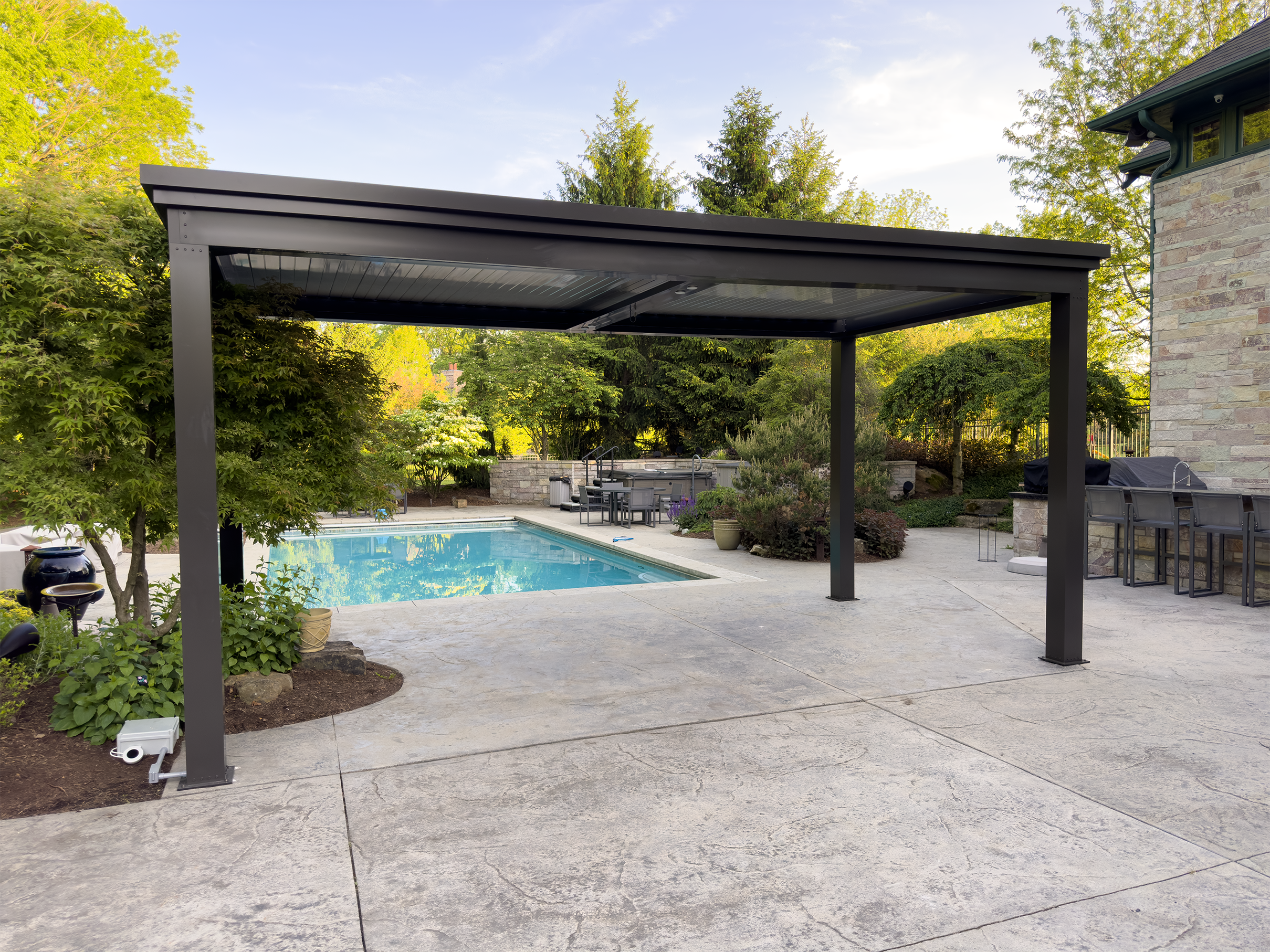
When you're looking for pergolas, many pergolas will brag about "near hurricane force winds". This doesn't mean anything. With handling high winds, the pergola can either handle it, or it can't. Metal or aluminum pergolas should be able to handle over 115 mph winds.
If a pergola cannot handle over 115 mph winds, you should be very wary of how you proceed as the wind will likely take its toll on the pergola. For most louvered roof options in the market, a 115 mph wind resistant pergola is standard.
Hurricane Rated Pergola?

Hurricane rated pergola's ability to handle high winds is essential. There is no single "hurricane rated" standard. Each location will be slightly different and need different requirements. Naples, Florida for example requires 170mph wind resistance for their building codes.
For something like that, you would need a custom application, engineered exactly for your back yard.
The Best Wind Resistant Pergola
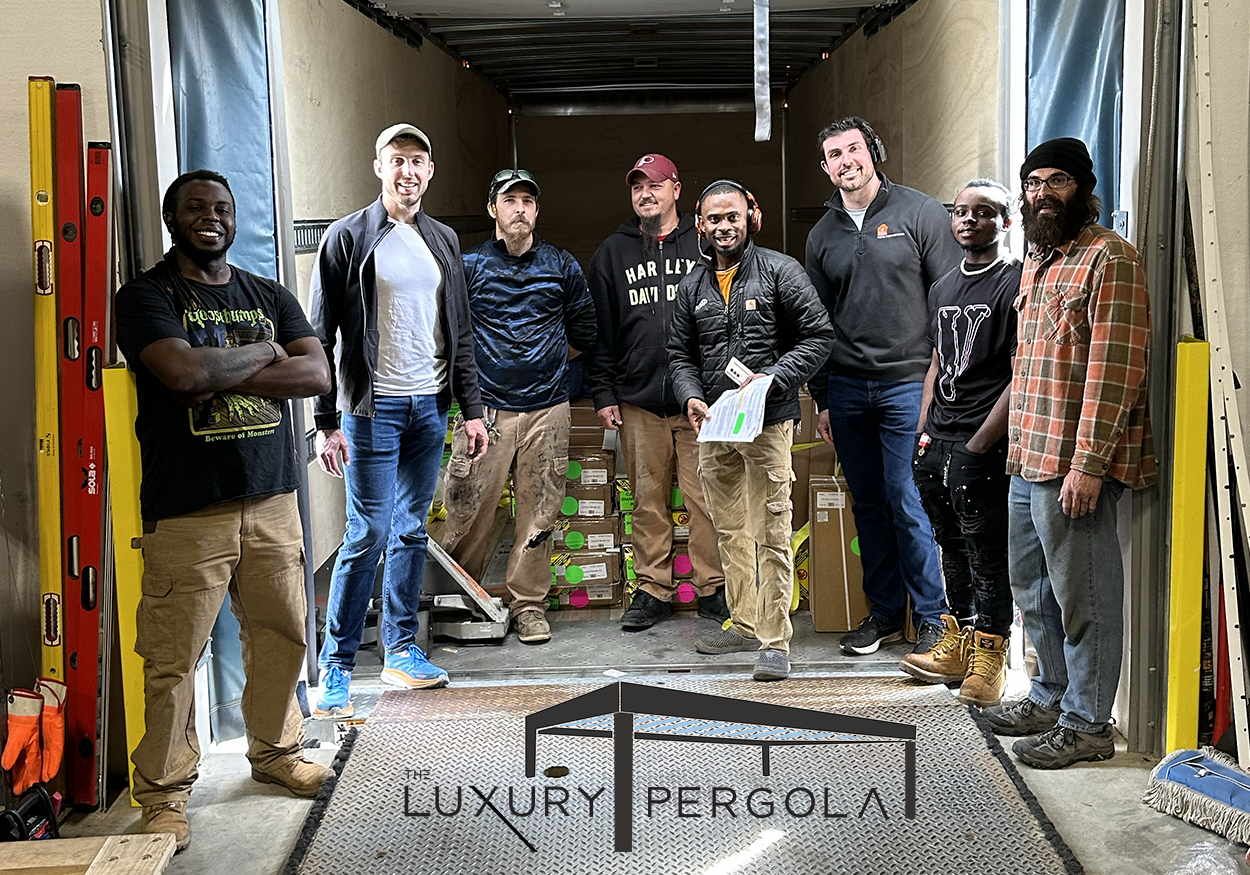
For the most wind resistant pergola, and to have peace of mind in extreme weather, look for an aluminum pergola that can handle heavy winds. The right aluminum pergola can handle 115mph so that you can permit the structure, just about anywhere in the United States.
The right aluminum pergola can handle over 115 mph winds, so it is perfect for windy areas or places with inclement weather. This also makes it very easy to get permitting if needed.
The fastest growing option for aluminum pergola kits in the United States is The Luxury Pergola. They boast 130mph wind resistance, and as such can be easily permitted just about anywhere. They even have a unit in the Cayman Islands. If that isn't a hurricane rated pergola, I don't know what is.


